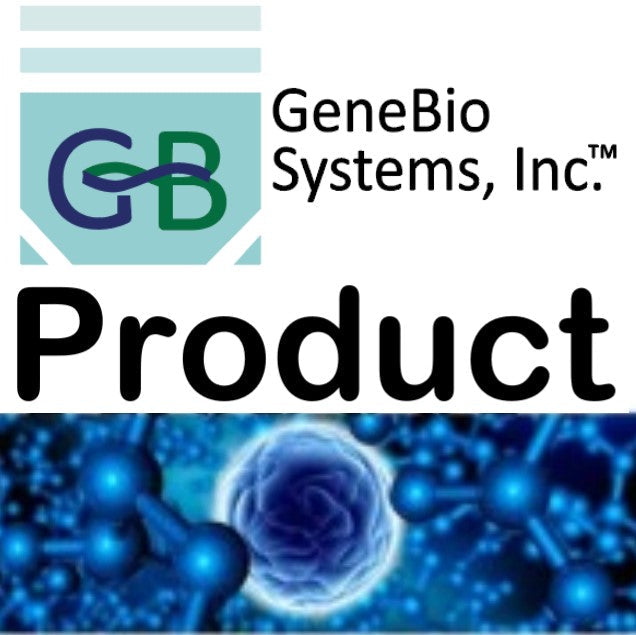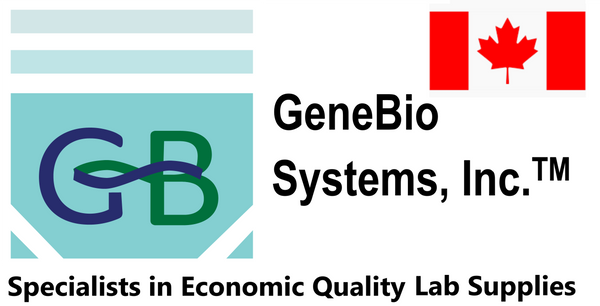Gene Bio Systems
Recombinant Human Nuclear receptor subfamily 2 group F member 6(NR2F6)
Recombinant Human Nuclear receptor subfamily 2 group F member 6(NR2F6)
SKU:CSB-EP016058HU
Couldn't load pickup availability
>Several Other Sizes Are Also Available. Please Inquire. Default Size: 200ug
Updated Date: Stock Protein updated on 20171228
Research areas: Epigenetics and Nuclear Signaling
Target / Protein: NR2F6
Biologically active: Not Tested
Expression system: E.coli
Species of origin: Homo sapiens (Human)
Delivery time: 3-7 business days
Uniprot ID: P10588
AA Sequence: MAMVTGGWGGPGGDTNGVDKAGGYPRAAEDDSASPPGAASDAEPGDEERPGLQVDCVVCGDKSSGKHYGVFTCEGCKSFFKRSIRRNLSYTCRSNRDCQIDQHHRNQCQYCRLKKCFRVGMRKEAVQRGRIPHSLPGAVAASSGSPPGSALAAVASGGDLFPGQPVSELIAQLLRAEPYPAAAGRFGAGGGAAGAVLGIDNVCELAARLLFSTVEWARHAPFFPELPVADQVALLRLSWSELFVLNAAQAALPLHTAPLLAAAGLHAAPMAAERAVAFMDQVRAFQEQVDKLGRLQVDSAEYGCLKAIALFTPDACGLSDPAHVESLQEKAQVALTEYVRAQYPSQPQRFGRLLLRLPALRAVPASLISQLFFMRLVGKTPIETLIRDMLLSGSTFNWPYGSGQ
Tag info: N-terminal 6xHis-SUMO-tagged
Expression Region: 1-404aa
Protein length: Full Length
MW: 59 kDa
Alternative Name(s): V-erbA-related protein 2 Short name: EAR-2
Relevance: Transcription factor predominantly involved in transcriptional repression. Binds to promoter/enhancer response elements that contain the imperfect 5'-AGGTCA-3' direct or inverted repeats with various spacings which are also recognized by other nuclear hormone receptors. Involved in modulation of hormonal responses. Represses transcriptional activity of the lutropin-choriogonadotropic hormone receptor/LHCGR gene, the renin/REN gene and the oxytocin-neurophysin/OXT gene. Represses the triiodothyronine-dependent and -independent transcriptional activity of the thyroid hormone receptor gene in a cell type-specific manner. The corepressing function towards thyroid hormone receptor beta/THRB involves at least in part the inhibition of THRB binding to triiodothyronine response elements (TREs) by NR2F6. Inhibits NFATC transcription factor DNA binding and subsequently its transcriptional activity. Acts as transcriptional repressor of IL-17 expression in Th-17 differentiated CD4+ T cells and may be involved in induction and/or maintenance of peripheral immunological tolerance and autoimmunity. Involved in development of forebrain circadian clock; is required early in the development of the locus coeruleus (LC).
Reference: "Identification of two novel members of erbA superfamily by molecular cloning: the gene products of the two are highly related to each other."Miyajima N., Kadowaki Y., Fukushige S., Shimizu S., Semba K., Yamanashi Y., Matsubara K., Toyoshima K., Yamamoto T.Nucleic Acids Res. 16:11057-11074(1988)
Purity: Greater than 90% as determined by SDS-PAGE.
Storage: The shelf life is related to many factors, storage state, buffer ingredients, storage temperature and the stability of the protein itself. Generally, the shelf life of liquid form is 6 months at -20℃/-80℃. The shelf life of lyophilized form is 12 months at -20℃/-80℃.
Notes: Repeated freezing and thawing is not recommended. Store working aliquots at 4℃ for up to one week.


